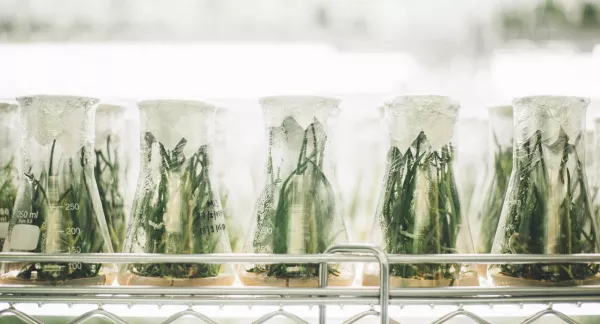Optimization of Ozone-BAC Treatment Processes for Potable Reuse Applications
Abstract
This study conducted comparisons between effluent quality of full- scale ozone-biologically activated carbon and reverse osmosis systems by measuring various organic and inorganic water quality parameters (total organic carbon [TOC], dissolved organic carbon, assimilable organic carbon, ultraviolet, fluorescence excitation emission matrix, ammonia, nitrate, nitrite, ortho-phosphate, chlorite, chlorate). Assessment of the relationship with levels of disinfection byproducts and/or their respective precursors was performed. Pilot testing allowed for ozone dose optimization and performance evaluation of columns operating at two different empty bed contact times. Measurement of various water quality parameters (including TOC) and their relationship to trihalomethanes, haloacetic acids, N-nitrosodimethylamine, and contaminants of emerging concern was examined. Pilot studies examined ozone:TOC ratios from 0.3 to 1.2 and determined 0.9 was an optimal ratio for steady-state operation to maximize contaminant/bulk organics oxidation and minimize DBP formation. No bromate formation was evident with an ozone:TOC ratio of 0.9; however, it was detected at ratios above 0.9. Media microbial characteristics were also examined using 16S rRNA gene amplicon sequencing and those results will be published separately in the near future. Published in 2022.
Originally funded as WERF project Reuse-15-10.
